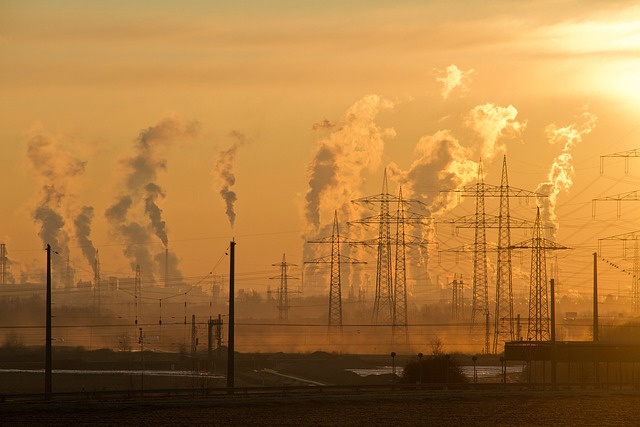Understanding the Role of Environmental Monitoring
The increasing frequency and intensity of extreme weather events prompt a pressing need to adapt to climate change effectively. As hurricane season intensifies, heatwaves become a new norm, and floods wreak havoc in unexpected areas, understanding our planet’s changing dynamics through environmental monitoring has never been more crucial. These changes are not just statistics; they represent real impacts on our ecosystems, communities, and lives.
The Importance of Environmental Monitoring
Environmental monitoring serves as a vital tool in gathering data about various climatic parameters. It involves observing and analyzing alterations in the atmosphere, land, and water to assess the health of our ecosystem. As a direct response to climate change, effective monitoring systems enable scientists and policymakers to understand patterns and forecast future impacts. This data is invaluable for communities striving to improve resilience against the unpredictable nature of extreme weather.
How Environmental Monitoring Impacts Communities
Imagine a world where communities can receive early warning alerts of impending storms or flooding. Through environmental monitoring, this is becoming a reality. Satellites equipped with remote sensing technologies collect data on vegetation cover, temperature anomalies, rainfall patterns, and other critical indicators. This information aids in disaster preparedness, facilitating timely evacuations and resource allocation in vulnerable areas.
Furthermore, good environmental monitoring practices allow for better land-use planning. Communities can assess risks and implement strategies to mitigate the impacts of extreme weather. Planting trees to combat urban heat islands or restoring wetlands to absorb floodwaters embodies preventative measures rooted in the data provided by comprehensive monitoring efforts.
Embracing Technological Innovations
In our increasingly tech-savvy world, the integration of innovative technologies into environmental monitoring is pivotal. Drones can capture real-time imagery, while IoT devices provide continuous data streams from remote locations. These advancements eliminate the time lag between data collection and actionable insights, allowing communities to respond to environmental threats swiftly.
The Future of Environmental Monitoring
As we face the consequences of climate change head-on, fostering a culture of environmental awareness and responsibility is essential. Investing in robust environmental monitoring programs can empower local neighborhoods and governments to make informed decisions that protect both people and the environment.
Moreover, engaging citizens in monitoring efforts can enhance public awareness and responsibility. Community-led initiatives involving local schools, organizations, or even businesses working together to observe and report changes in their environment can cultivate a sense of ownership and stewardship over shared natural resources.
This collaborative approach not only enriches the data pool available for analysis but also spreads the urgency for action against climate change. With the combined efforts of technology, science, and public engagement, we can pave the way toward a resilient future. The adaptability to changing conditions hinges on the knowledge we glean from environmental monitoring, shaping our responses and strategies in a rapidly evolving climate landscape.




